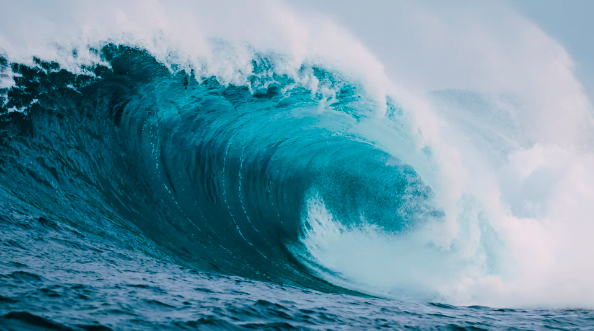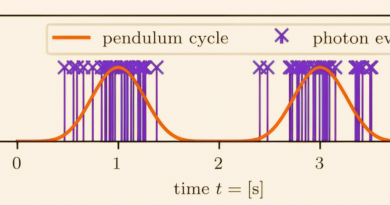AI Breakthrough: Predicting Rogue Waves for Enhanced Maritime Safety

Scientists have harnessed the power of artificial intelligence (AI) to unveil a groundbreaking equation that predicts the occurrence of unpredictable rogue waves, often referred to as “monster waves.” These colossal waves, towering at least twice the height of surrounding waves, pose a significant threat to ships globally. Despite their widespread occurrence, the exact mechanisms behind rogue wave formation have remained elusive.
Drawing on an extensive dataset spanning 700 years, incorporating historical records and buoy data from 158 global locations, researchers have successfully formulated a predictive model for these maritime monsters. Dion Häfner, the lead author and former doctoral student at the Niels Bohr Institute, explained that the formula amalgamates various contributing factors, providing a comprehensive risk estimate. Published in the journal PNAS on Nov. 20, the study utilized artificial intelligence to map the variables influencing rogue waves and generate a robust predictive model.
The research team employed a neural network trained on historical wave data, enabling the AI system to autonomously discern the causes of rogue waves and predict their occurrences. However, the decision-making process of the AI remained somewhat opaque, prompting the researchers to apply symbolic regression, another form of machine learning. This approach produced an equation, shedding light on the methodology behind the AI’s predictions.
The study unveiled that abnormal waves, akin to rogue waves, manifest frequently. The dataset recorded approximately 100,000 waves meeting the criteria for rogue waves, suggesting a daily occurrence of one monster wave at random locations in the ocean. Despite their regularity, not all these waves reach extreme sizes, underscoring the nuanced nature of rogue wave events.
Rogue waves pose a genuine peril to vessels, as exemplified by a fatal incident involving a cruise ship near Antarctica last year. The equation developed by Häfner’s team aims to enhance maritime safety by providing a predictive tool for companies. Leveraging the algorithm, businesses can anticipate when and where optimal conditions for rogue wave formation might arise, enabling them to navigate alternative routes and safeguard passenger and cargo ships from potential devastation.








